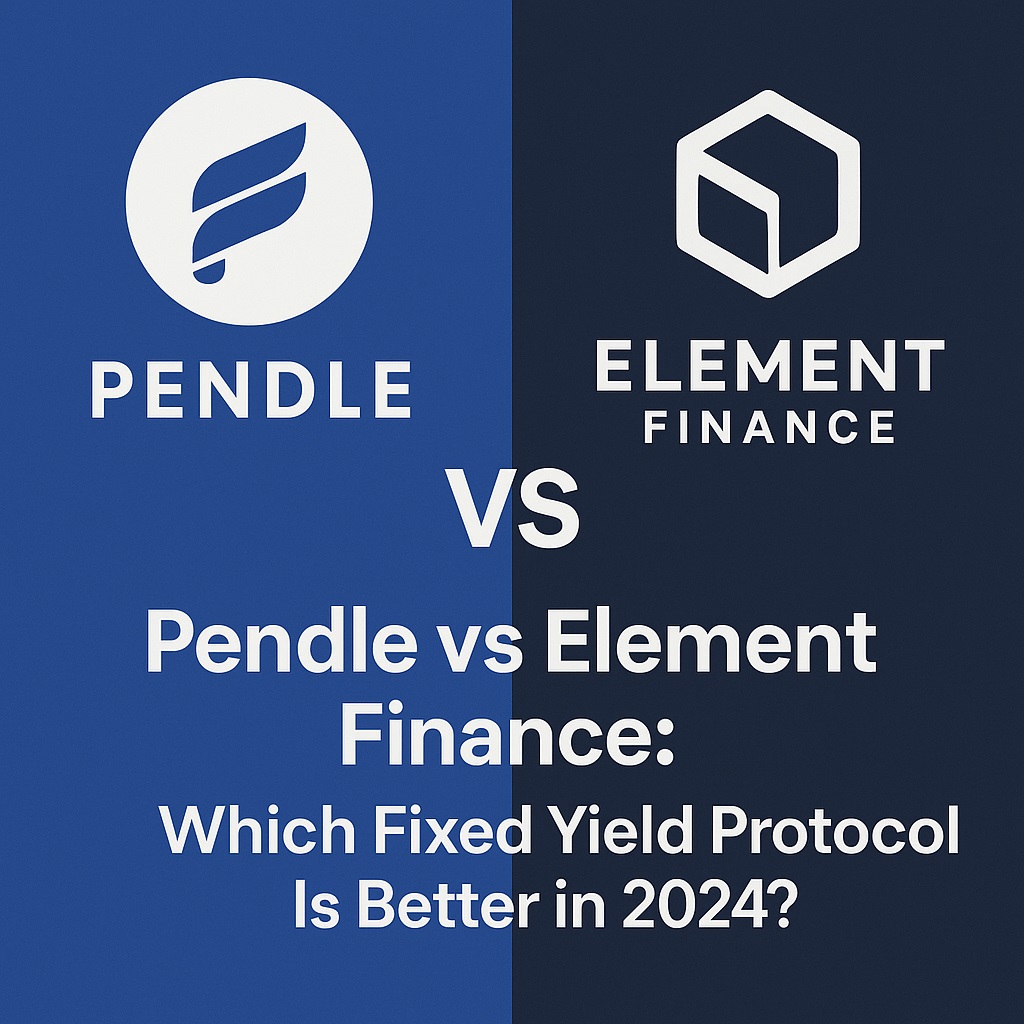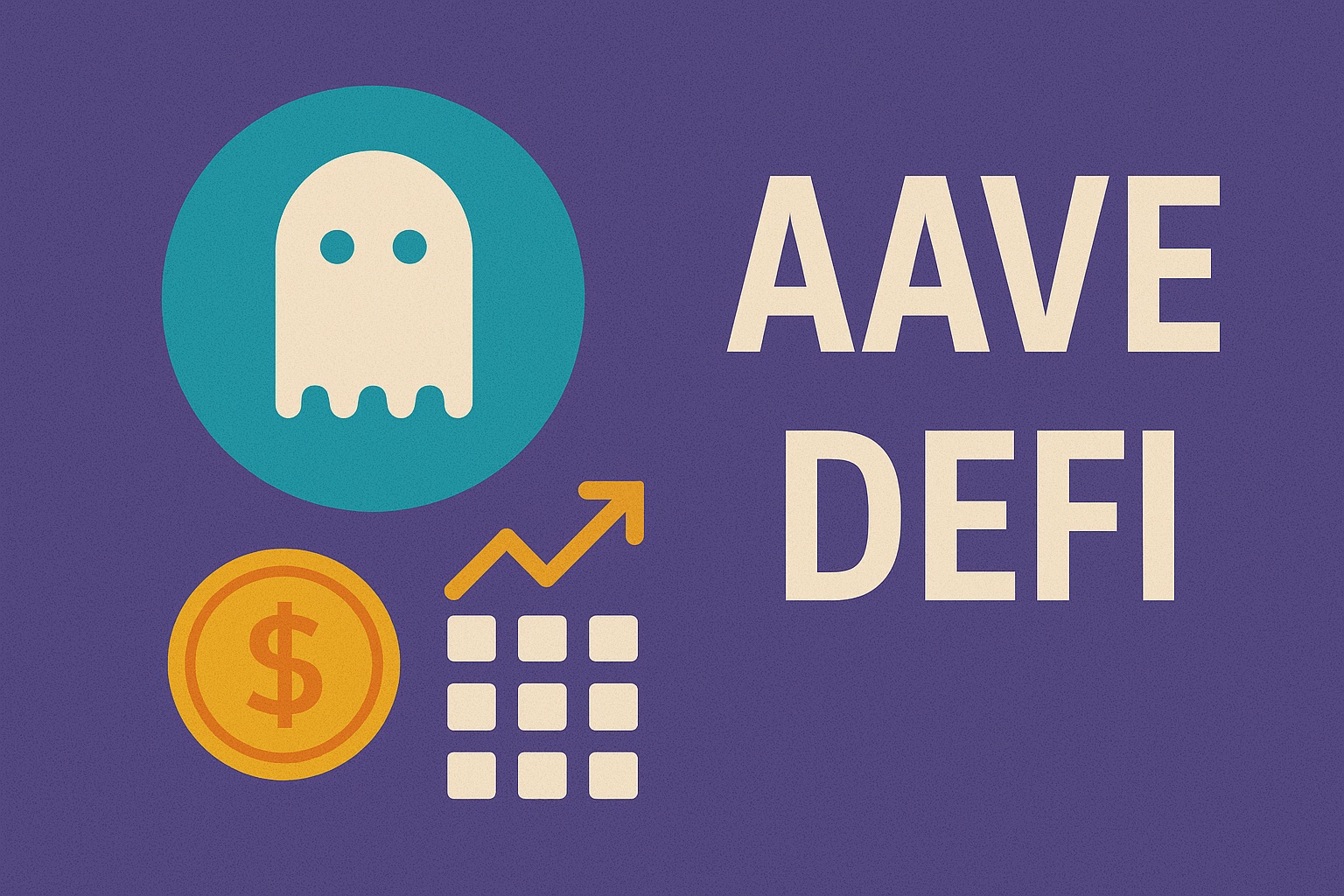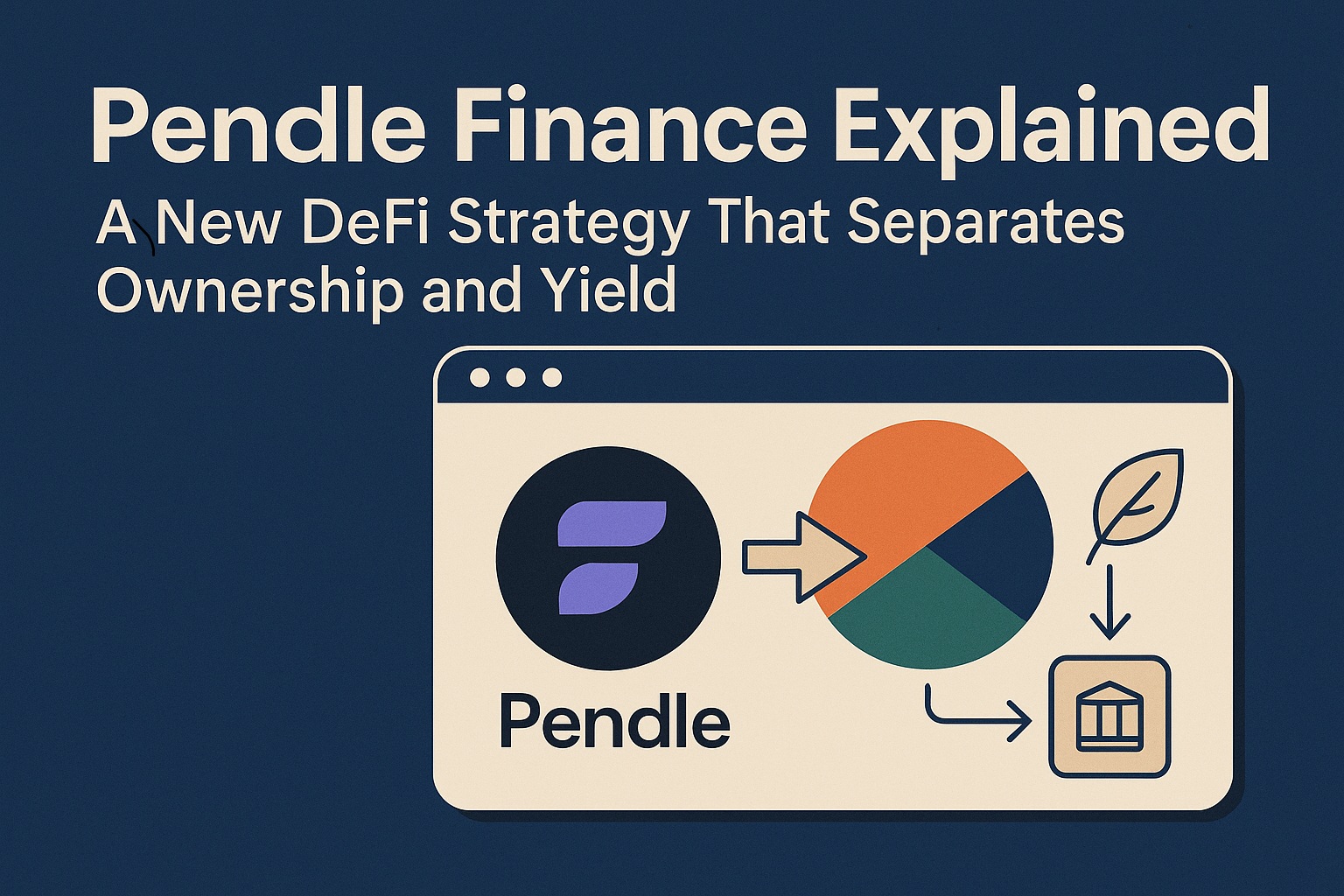With the growth of DeFi, earning predictable, fixed yield on crypto assets has become a sought-after goal for both new and seasoned investors. Two standout protocols in this space are Pendle and Element Finance. While both allow you to lock in future yield today, they approach the concept differently.
In this guide, we’ll compare Pendle vs Element Finance in 2024 based on how they work, potential yields, risk factors, and which might be better suited for your strategy.
🔍 What Are Fixed Yield Protocols in DeFi?
Traditional DeFi protocols like Aave or Curve offer variable yields that change with market conditions. In contrast, fixed yield protocols allow users to separate principal and yield, enabling you to:
- Lock in a yield in advance
- Sell future yield tokens
- Build more predictable income strategies
Pendle and Element Finance are the two leaders in this category.
🧩 How Pendle Finance Works
Pendle tokenizes future yield from yield-bearing assets like stETH, aUSDC, or GLP. It splits a deposit into:
- PT (Principal Token): represents your principal, redeemable after maturity
- YT (Yield Token): gives you access to yield until maturity
You can trade these tokens on Pendle’s own AMM (automated market maker), allowing for:
- Fixed yield purchase by buying PT
- Yield farming or speculation via YT
Unique features:
- Innovative AMM with custom curves optimized for fixed yield trading
- High yields on volatile assets
- Strong integration with protocols like Lido, GMX, and Aave
🧪 How Element Finance Works
Element Finance also splits deposits into Principal Tokens and Yield Tokens, but with a slightly different flow:
- Deposits are made into a vault (e.g., stETH, USDC)
- Principal Tokens trade at a discount to face value
- Yield Tokens provide claim to the variable yield over time
Instead of building its own AMM, Element integrates with existing DEXs like Curve or Balancer.
Key advantages:
- Lower complexity, easier onboarding for new users
- Focus on stable and low-volatility yield
- More institutional and conservative tone
⚔️ Pendle vs Element: Feature-by-Feature Comparison
| Feature | Pendle | Element Finance |
|---|---|---|
| AMM | Custom yield-optimized AMM | Uses external DEXs |
| Supported Assets | ETH LSDs, GLP, Aave | Mostly stETH, USDC, DAI |
| Target Users | Advanced DeFi users | Conservative yield farmers |
| Yield Type | More volatile, higher potential | Lower, more stable |
| Tokenomics | PENDLE token with incentives | ELEMENT token (less active) |
| Ecosystem Growth | Rapidly expanding | More slow-paced |
💰 Which One Offers Better Returns?
- Pendle can offer very high yields when yield tokens (YT) are undervalued or if volatility increases. Users who understand market cycles can maximize ROI.
- Element Finance offers more stable returns — safer but with less upside.
If you are a yield strategist who wants to optimize APR or trade yield direction, Pendle is more flexible.
If you are risk-averse and prefer predictable outcomes, Element may suit you better.
🛡️ Risks to Consider
Both protocols rely on:
- Smart contract security (review audits!)
- Asset yield stability (e.g., stETH or aUSDC)
- Liquidity on AMMs (Pendle is stronger here)
Pendle’s higher complexity and exposure to volatile assets also means higher risk—but higher potential reward.
🧠 Final Thoughts: Which Should You Use?
Choose Pendle if:
- You enjoy experimenting with DeFi mechanics
- You want to optimize fixed yield actively
- You’re already using assets like GLP, stETH, or Aave
Choose Element if:
- You want a set-it-and-forget-it strategy
- You’re focused on ETH or stablecoin yield
- You prioritize simplicity and lower risk
Disclaimer:
The content of this article reflects the author’s personal opinions and should not be considered as investment advice. Readers are strongly encouraged to consult an independent financial advisor before making any investment decisions to ensure they fully understand the associated risks. Contracts for Difference (CFDs) are leveraged products and may result in the loss of your entire capital. These products may not be suitable for all investors. Please invest responsibly. For more details, please refer to the full disclosure.


